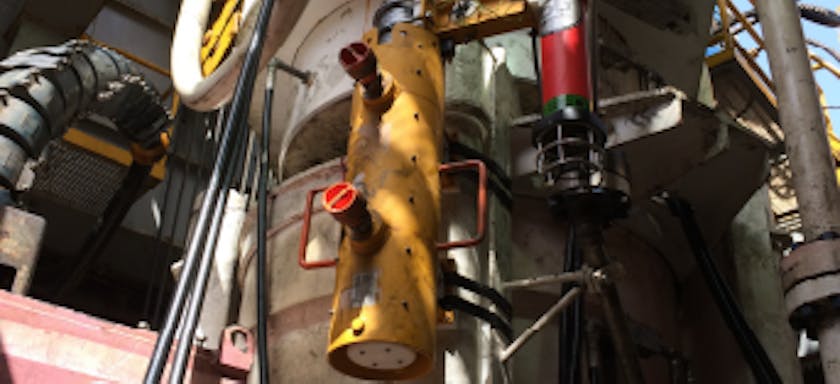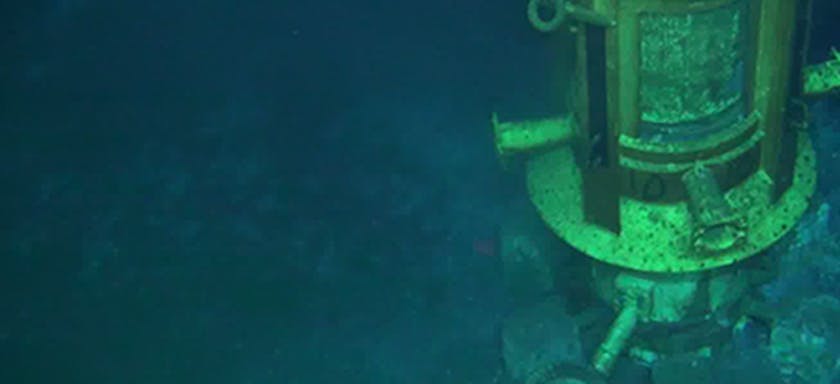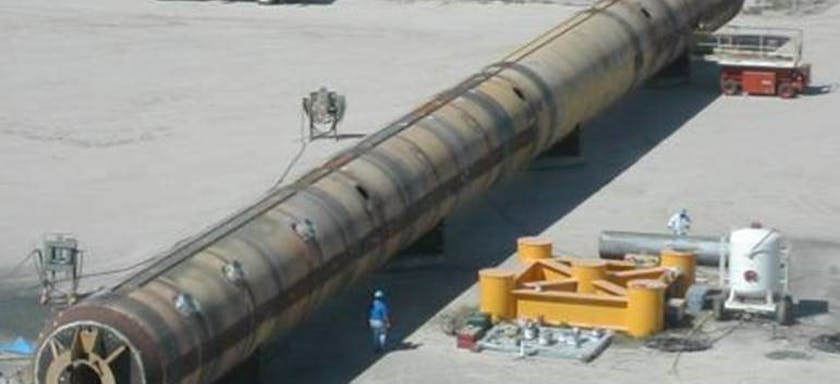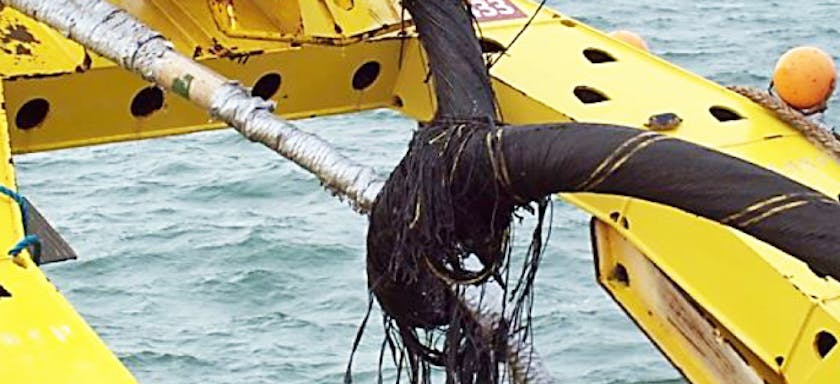Recent Improvements in Subsea Wellhead Fatigue Monitoring Algorithm and Accuracy Using Verification and Calibration Techniques
EVENT: OTC
1 May 2017
Current subsea wellhead fatigue monitoring systems typically measure subsea BOP stack response and convert accelerations directly to the stress on various critical wellhead components using transfer functions. The veracity of this process relies on the accuracy of input data and the numerical modelling of the riser, subsea stack and wellhead conductor system. Poor representation of a real system could potentially yield an inaccurate calculation of transfer functions and consequently, imprecise estimation of the stress levels and predicted fatigue damage.
The transfer function is strongly influenced by subsea stack system stiffness, which depends on dynamic soil response, stack hydrodynamic added mass and drag, location of the subsea stack fixity point, and stack-conductor system characteristic frequency. The latter two can be measured in the field and compared with predictions from numerical models. This paper evaluates the subsea wellhead fatigue monitoring algorithm and accuracy using verification and calibration techniques with field measurements. Important considerations for verification and calibration (e.g. soil property) are also discussed.
The new approaches described are applicable to fatigue monitoring and analysis of subsea wellhead and conductor systems in both shallow and deep waters. The approaches presented herein could improve determination of the conductor fixity point and subsea stack characteristics, which in turn, would help in accurately determining wellhead fatigue and extracting displacements if needed. The good match between predicted and measured values of these parameters demonstrates that the numerical model and associated transfer functions are adequate for measured fatigue damage estimation.
The transfer functions for fatigue monitoring systems and the associated subsea wellhead fatigue results could be significantly affected by the accuracy of the modelling methods and input data, particularly the soil properties. An inacccurate representation of the distance between the sensor and wellhead hot spot locations from which the transfer functions are derived could affect the accuracy of the fatigue results. For the case presented herein, the hydrodynamic properties drag loads and added mass have a less significant effect on the accuracy of transfer function and fatigue results.
Author

Bulent Mercan
Technical Advisor - Integrity Monitoring

About
Bulent is a technical advisor based in 2H’s Houston office where he is responsible for the development, management, and growth of integrity monitoring programs for subsea structural systems in the oil, gas and renewable sectors. Bulent has held numerous project management and technical leadership roles on a variety of projects like Measurement-based Wellhead Fatigue JIP, integrity monitoring (including drilling risers, wellheads, SCRs, TTRs, subsea jumpers), the structural and thermal assessment of power cables, and the analysis of seawater intake risers as part of decarbonization strategies. Bulent is a registered Professional Engineer in Texas and holds a Ph.D. in structural engineering from the University of Minnesota.
Insights
Michael Long Ge
BP
Buba Kebadze
BP
John Henderson
BP
Arash Zakeri
BP
Stuart Killbourn
FUGRO





